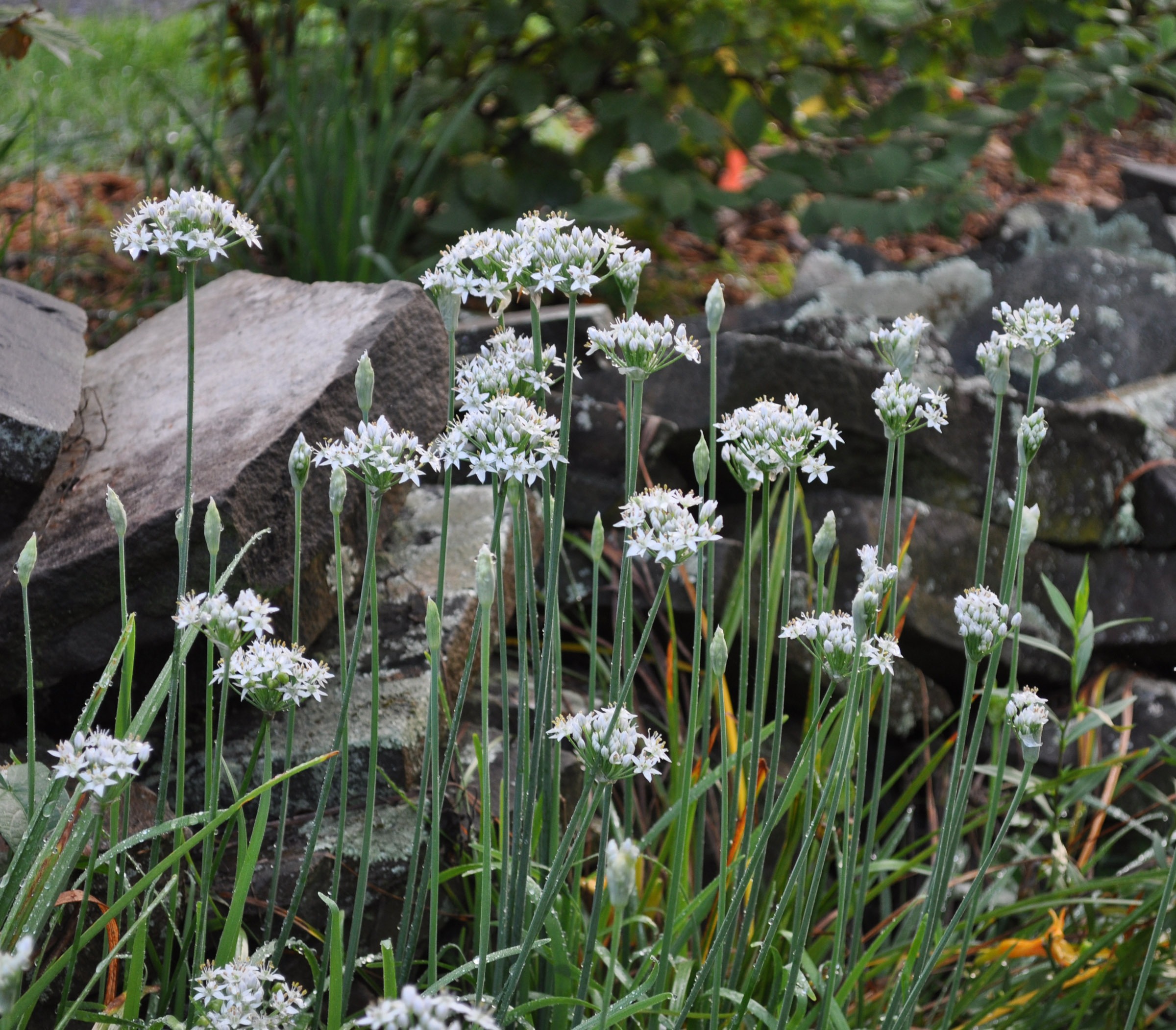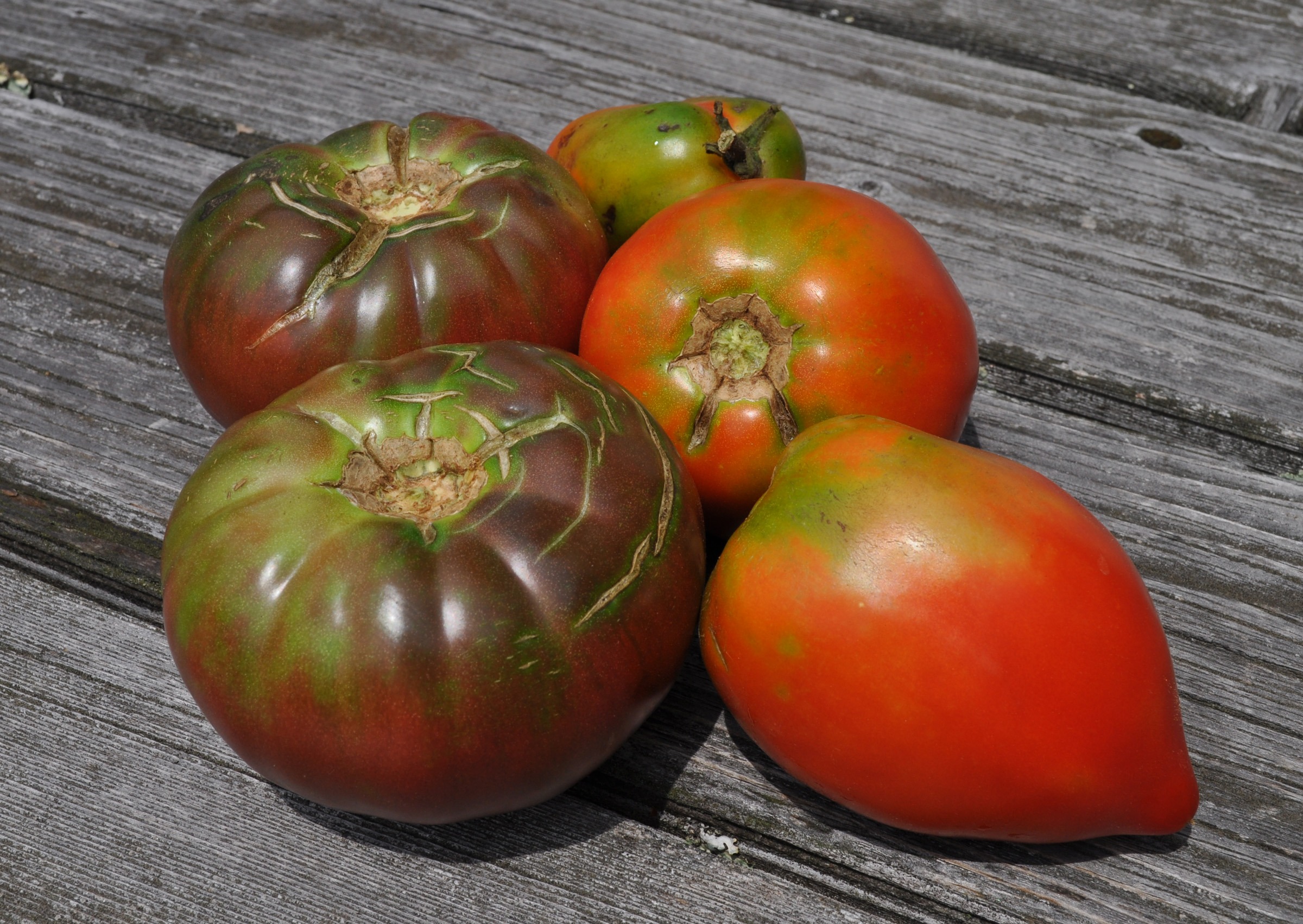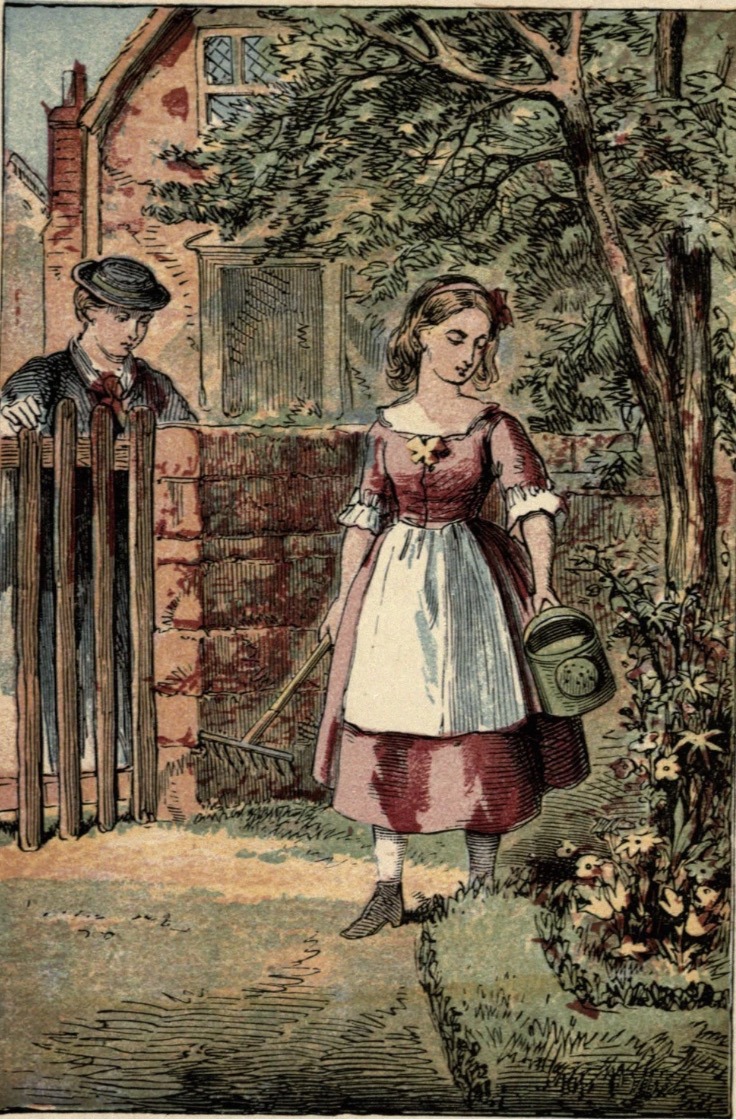TWO GOOD FLAVORS IN ONE
/3 Comments/in Flowers, Vegetables/by Lee ReichFriend or Foe?
Is it a weed or is it a garden plant? Garlic chives (Allium tuberosum) is among those plants — paulownia tree, Jerusalem artichoke, mint, and anise hyssop are others — that has paraded under either guise.
Garlic chives comes from a good enough family, the onion family. There is one definitely weedy member to this family, wild garlic, but so many of its other kin are valuable garden plants. Star-of-Persia, Read more
HOMEGROWN IS NOT ALWAYS THE BEST
/8 Comments/in Vegetables/by Lee ReichWhat is Ripe?
Some people, many of them gardeners, believe that the secret to eating a delectable tomato is to grow it yourself. Second best, they say, is farm-fresh. At the risk of committing horticultural sacrilege, I say “not so” in both cases.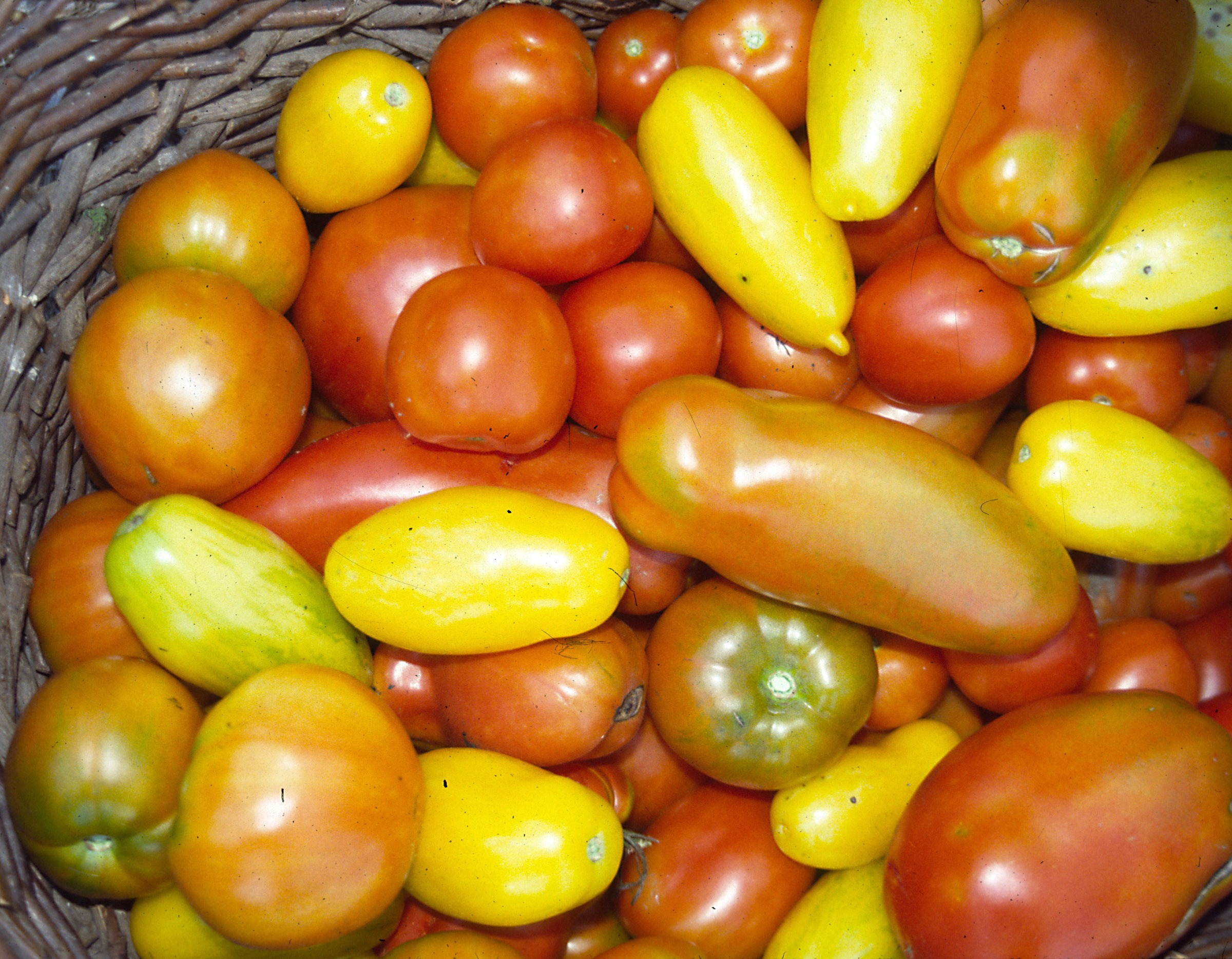
Ripeness is, of course, important to great flavor. An unripe tomato tastes no better than cotton soaked in diluted lemon juice, to me at least. But this time of year, ripe tomatoes are to be had everywhere: from backyards, from roadsides, from farm stands, even from supermarkets! And if truth be told, tomatoes picked slightly underripe can still ripen to perfection off the plant, as do bananas, winter apples, avocados, and pears. Read more
HOW DID HER GARDEN GROW?
/2 Comments/in Flowers/by Lee ReichWhat are Silver Bells?
“Mary, Mary, quite contrary, how does your garden grow; With silver bells and cockleshells, all standing . . .” Wait a second here! With what? Silver bells and cockleshells? Has anyone besides Contrary Mary ever grown either of these plants? What are they?
A few people do grow Carolina (Halesia carolina) or two-wing silverbells (Halesia diptera). Both small trees are bedecked in spring with rosy or white flowers that hang from the branches like little bells.
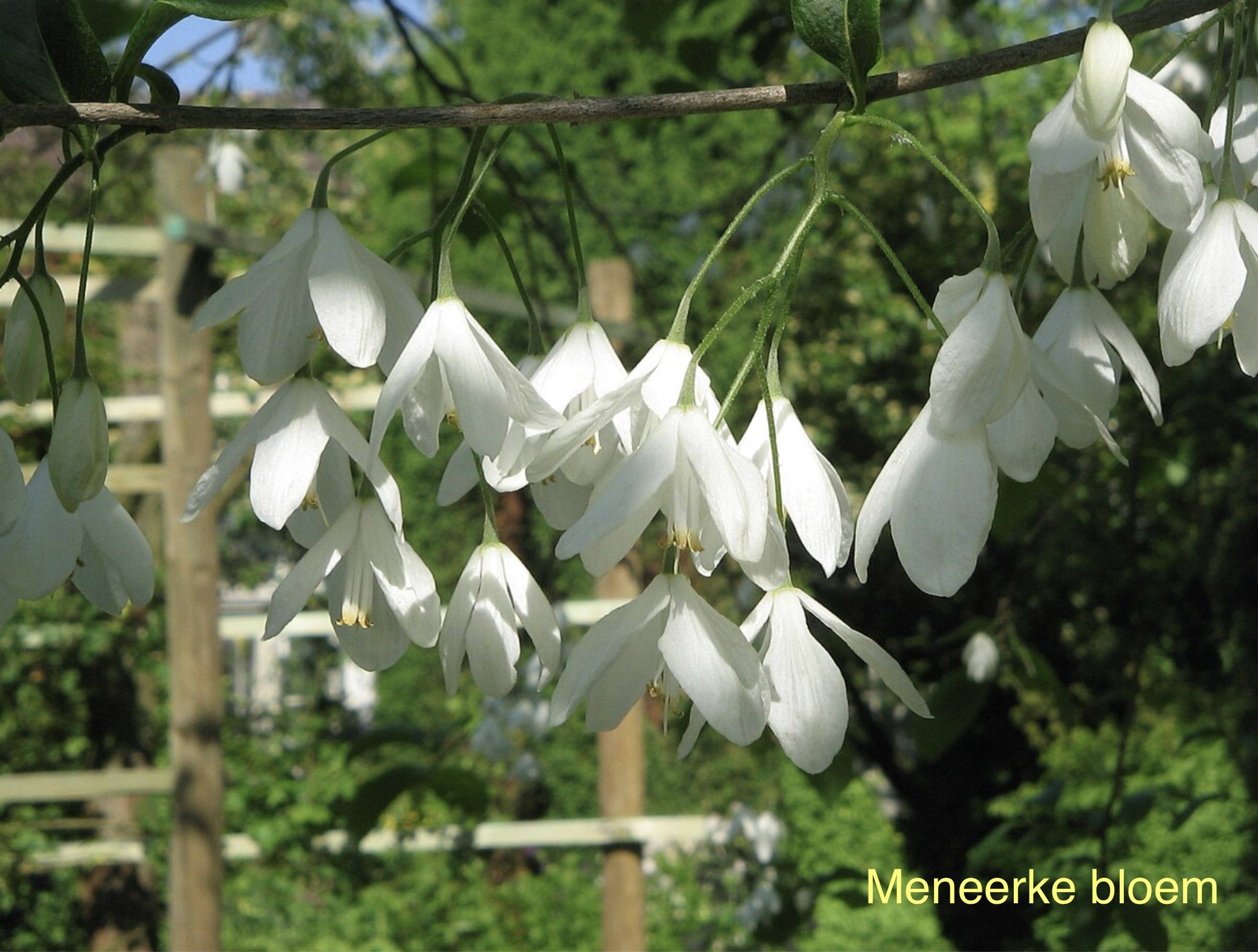
Halesia diptera
I doubt that Mary was growing this plant, though, because she was British and silverbells are native to southeastern US. Not impossible, though, since silverbell trees were introduced into the UK in 1756, about the same time that the nursery ditty was first seen in print. Read more

